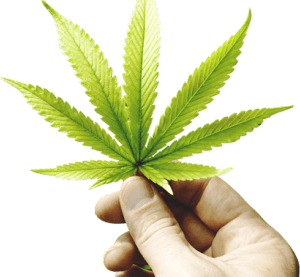 For many years the primary method of consumption for cannabis in modern society has been smoking the flowers which contain most of the THC and other cannabinoids found in the plant. Sure, some people like to bake infused brownies and others use vaporizers, but the vast majority prefer to pack a bowl or light a joint.
For many years the primary method of consumption for cannabis in modern society has been smoking the flowers which contain most of the THC and other cannabinoids found in the plant. Sure, some people like to bake infused brownies and others use vaporizers, but the vast majority prefer to pack a bowl or light a joint.
That is rapidly changing as cannabis is becoming increasingly legal in the U.S. and many other countries. Hashish, or hash, has been around since ancient times and is a concentrated form of cannabis that is popular as an alternative to smoking cannabis flowers.
We will explore the many different types of concentrates, the various methods of making them, and how they can be consumed or used to make infused products. Whether you call it Butane Hash Oil (BHO), hash, honey oil, Phoenix Tears, an extract, or concentrate, there is a thriving culture and a significant amount of science behind this wonderful goo.
For as long as human beings have known about the cannabis plant, we have been experimenting with methods to obtain higher doses of the main psychoactive ingredient, THC. Simple methods employ mechanical and physical separation of the resin-rich glands that contain most of the active ingredients to produce a rather crude concentrate that has a lower potency and a high amount of plant material.
In the 20th century, chemical extraction became increasingly popular with books like Cannabis Alchemy by D. Gold explaining how solvents such as alcohol or petroleum-based hydrocarbons can be used to produce very potent and pure concentrates.
Not long thereafter, butane honey oil, or BHO as it is often called became popular because it can be produced easily and quickly with cheap and readily available materials. In the new millennium, cannabis concentrates got a high-tech boost from supercritical carbon dioxide extraction.
This is the same process used to make decaf coffee and is now used to make hash. Now there are a handful of companies that produce extractors that are designed specifically for making hash, although many are marketed as generic herbal essential oil extractors for legal reasons.

The earliest hashish was not surprisingly the simplest form of cannabis concentrate. The buds of the cannabis plant are covered in tiny glands called trichomes, which can be thought of as cannabinoid factories where most of the THC and other similar compounds are produced.
When the flowers are rubbed or otherwise mechanically agitated, the trichomes separate from the plant material and carry with them a large portion of the cannabinoids. For example, when cannabis flowers are being harvested and manicured a significant amount of resin becomes stuck to the scissors being used to trim the plants.
This sticky, dark solid is often referred to as “scissor hash” and is usually a cultivator’s first opportunity to sample some from their latest harvest. Ancient people in Western Asia prepared crude hashish using similar methods to remove trichomes from the plant material to make some of the first cannabis concentrates in the world.
Let us know what you think.




Responses